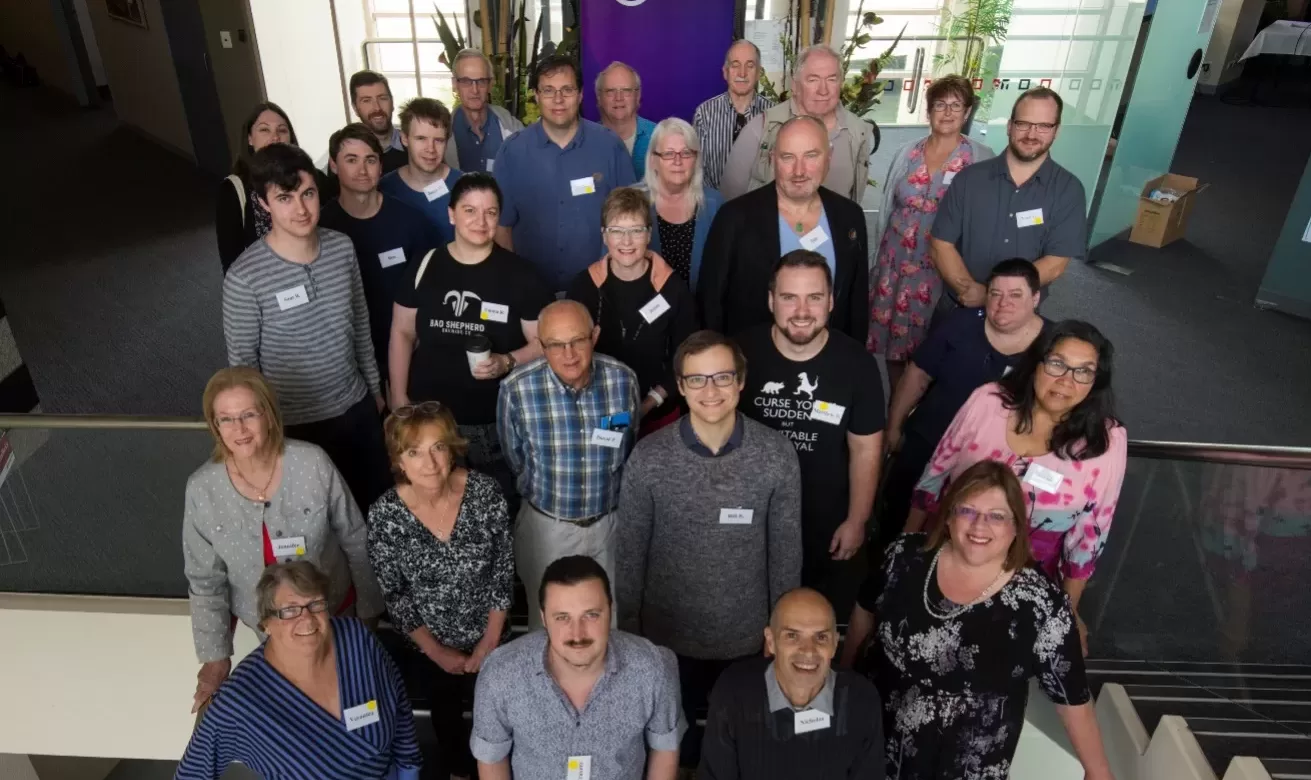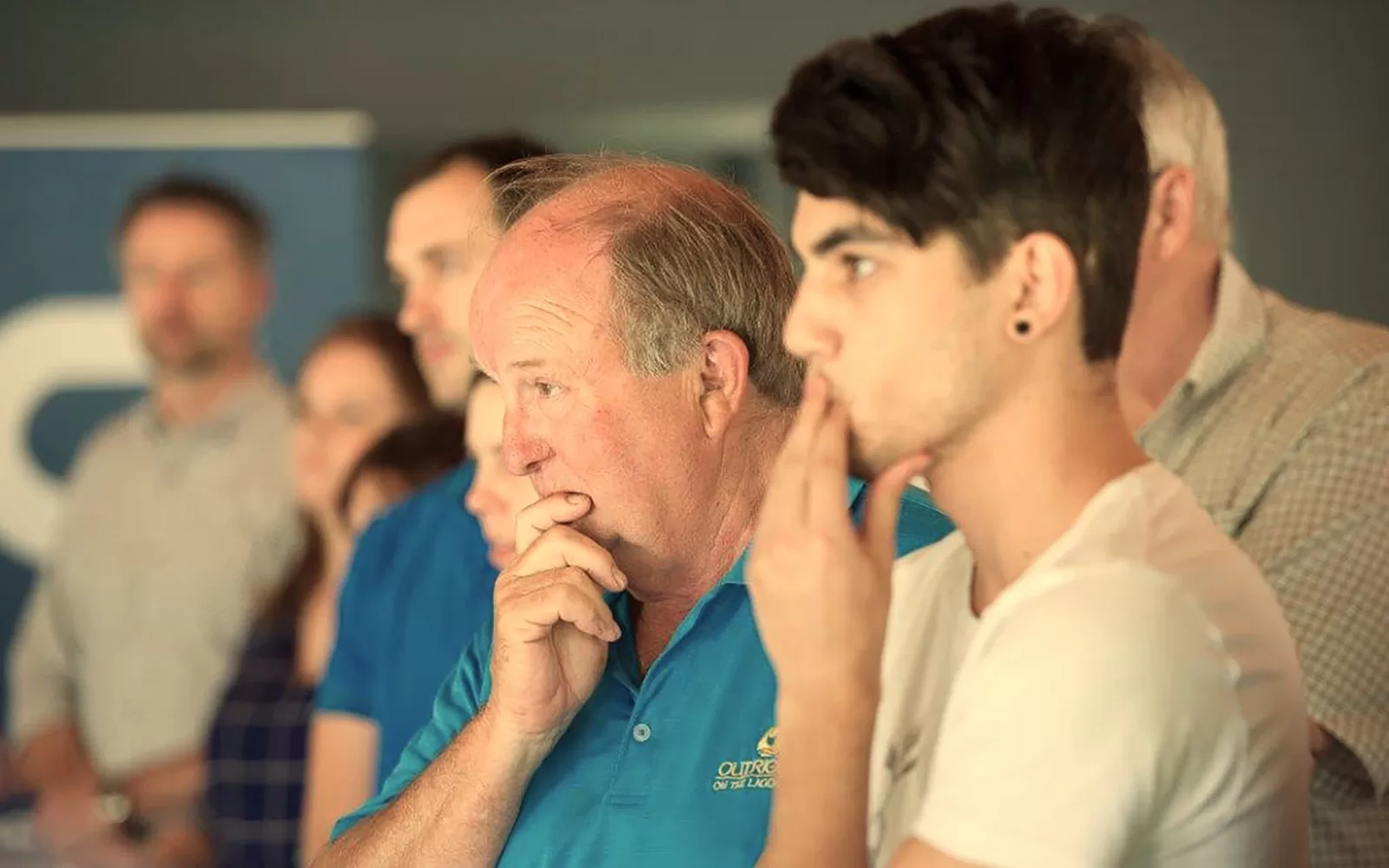Compulsory Third Party Insurance (CTP) exists in all Australian jurisdictions to provide compensation for people injured or killed when their vehicle is involved in an accident. All cars on Australian roads must have CTP. In the Australian Capital Territory, this insurance was expensive, coverage limited, and most claims needed to be settled in the courts.
The design and implementation of CTP schemes is technically complex (it has to balance premiums, benefits and equity). It involves strong vested interests (influential stakeholders – many with a significant financial stake in the system, and with competing priorities). As an issue it generally has low community interest, until an accident occurs, insurance is needed or if coverage is prohibitively high. In addition, the cost of the ACT scheme was high and there was considerable confusion about the system.
For all these reasons the CTP ‘problem’ in the ACT was by no means an easy issue to address.
The ACT Government felt that the best way to solve the problem was to empower the community and to involve community and stakeholders in developing a solution.
The Approach
As a consequence, they engaged us to design, and deliver a process to enable stakeholders and the community to develop a new CTP scheme. Our advice, was adopted and implemented in full.
We designed a citizens’ jury process that had 3 phases and ran over 7 months.
- A representative group (selected through a random selection process) of everyday residents of the ACT (the CTP Jury) determined what they wanted the objectives of an improved CTP scheme to be (with input from the broader community) and wrote a report outlining their objectives.
- The stakeholders worked with government, an independent Actuary and Scheme Designer to develop four models that met the objectives the citizens had outlined and were within the parameters set by government.
- The CTP Jury met again to assess which of the models best met their original objectives and provided their decision to the government.
The Impact
The Citizens’ Jury resulted in a well-developed, community designed insurance model ready for legislative development.
The process had a number of key innovative elements;
- That ACT Chief Minister and the government committed, at the beginning of the process (before they knew what the community and stakeholders would come up with), to pursue implementation of the model the community chose. In effect the government was empowering the community completely with the full extent of its own power.
- Integration of stakeholder and community involvement. The process brought stakeholders and community together in a way that rarely happens. Stakeholders played an important role in helping community to understand the breadth of the issues and helped inform them about the existing scheme. The community used this knowledge, along with the information provided by experts (that they selected) to help them define the type of scheme they wanted – the outcomes they wanted from the scheme and the values that would underpin it. This effectively became the brief for the stakeholders to work with government, a scheme actuary and a scheme designer to develop a range of models which would go back to the community for them to decide which best met their original brief.
- Collaborative / Co-design approach undertaken with stakeholders – the way in which stakeholders with polarised positions came together to develop an improved scheme.
- Started from a blank slate. The government didn’t propose or suggest a starting point for the conversation. They put a couple of ‘parameters’ around the work – the most important of which was that the scheme that the community chose couldn’t cost citizens any more than the existing scheme.
- Broadness of the community involved – it is important to note that all interested people in the ACT were able to contribute to the process and assist the work of the 50 Jurors through a supplementary consultation process.
- Belief in citizens and stakeholders – the government trusted and respected the skills, knowledge and expertise of the community and the stakeholders alike. The government genuinely valued the input that community and stakeholders could bring and authentically worked to bring a voice to all.
The Jury completed its work on the 25th March 2018. Its report can be found here.
“As an actuary and a subject matter expert I have seen many insurance scheme reforms over the last three decades. They are routinely driven by politics and strongly influenced by vested interest groups. It was remarkable to me how the deliberative democracy process used in the ACT responded to both of these problems. The commitment of government to pursue the citizens’ jury recommendations was key. More impressive was the way a carefully facilitated process involving critical thinking skills went right past a series of interventions from vested interest groups”
to the Stakeholder Reference Group that supported the Citizen’s Jury

